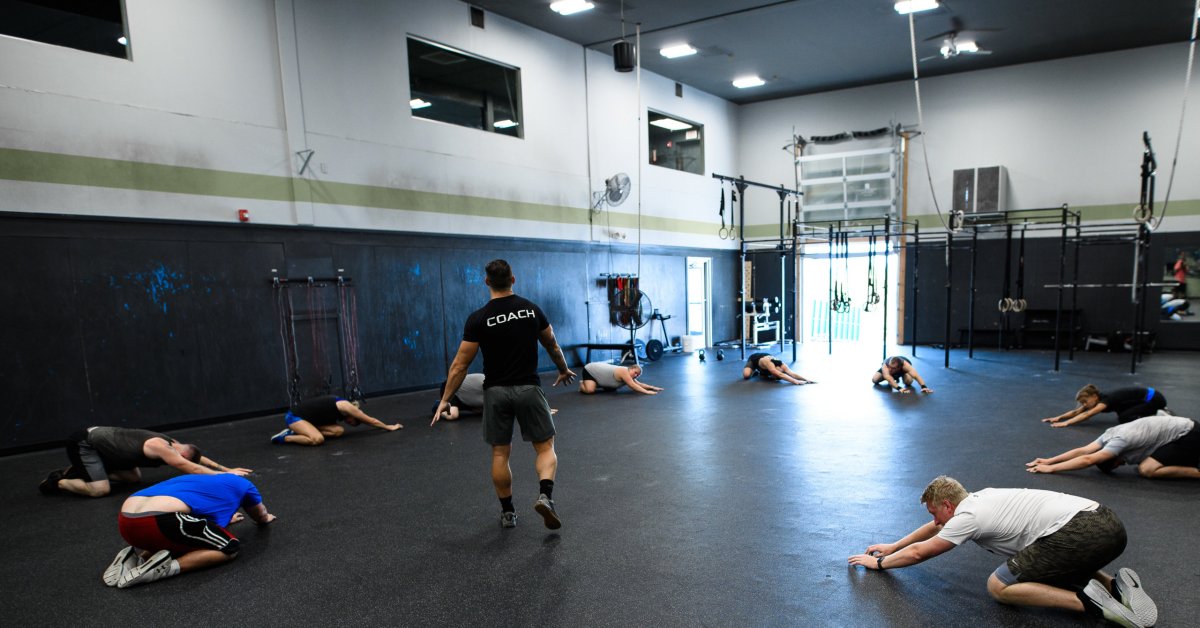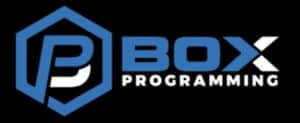There are multiple schools of thought when it comes to programming. Old-school block periodization states that we allow for a dedicated focus for each mesocycle of training, in order to bring an area like maximal strength or maximal power development.
Most coaches these days know that this approach presents well in theory, but neglects many aspects of our fitness, particularly in the group setting.
For instance, it’s not uncommon to see losses in muscular hypertrophy when training for maximal strength where time under tension is limited.
Similarly, it’s not uncommon to see losses in maximal strength when training solely for muscular hypertrophy. In a group setting, a consistent plan that focuses on concurrent fitness from multiple perspectives allows us to provide the greatest good for the greatest number.
Remember, we are providing a service to a wide range of abilities, so following a linear approach may not be the best option. This brings the questions of, will my athletes get stronger, faster, look better, as well as improve their CrossFit Open performances? Without a doubt!
So what is the hierarchy of training for the general population whose goals typically revolve around how they look in a bathing suit, and how do we ensure that people are not missing the boat?
Group Programming Hierarchy
- General Physical Preparedness Work: We can’t build our house without a foundation. This work will also be done to improve conditioning initially with low intensity and later with all three energy systems. This work should be low-skill in nature, meaning just about anyone can perform the tasks asked of them without risk of injury. Of course, they may be on the ground gasping for air after they push a sled, but we’re specifically referring to tasks that do not leave our clients vulnerable because of lack of skill or low-training age.
- Conditioning Work: Again, some of the above GPP options will fit under this umbrella, but what we are referring to with group CrossFit classes is fitting in couplets, triplets, chippers, mixed-modal work within the rest of our training plan. This task has quite a few variables, so we need to be mindful of the fact that we want to prescribe the correct dose of training in a given session. All elements of our class programming should coincide, meaning we aren’t asking our athletes to perform a 5 Rep Max Deadlift and then perform a conditioning piece with high-rep deadlifts with appreciable loading. Pieces need to logically fit together in terms of volume, intensity, and movement patterns.
- Single Joint Movements: We can’t sprint until we can walk. These movements are also easy to teach and do not require complex movement patterns, making the risk of injury low. Unilateral variations also allow us to target imbalance and add volume without the risk of breakdown. These movements are a great segue to compound movements.
- Multi-Joint Movements: Once we know how sprint bigger movements are safer and more practical, so now let’s introduce more variance and volume. We know multi-joint movements are a must, but too much of anything is a bad thing, so asking our clients to back-squat every day isn’t feasible. However, training the legs daily is feasible, assuming we provide variance in loading, movement patterns/planes, and volume.
- Extra Accessory Work: Work that is directly related to getting you closer to your goals. More often than not, this will be special strength work that is geared towards exploiting one’s limiting factors. There are some certainties with “most” of our clients we can take to the bank, like lack of glute and upper back strength, but overall this is a case-by-case basis. A good coach can recognize where someone is weak simply by watching them move or work with some heavier loads. Although it may be tough in a group setting to provide athletes will the exact training they may need, providing variance with our extra accessory work on a consistent basis will allow our athletes to eventually identify which movements resonate most with them and correlate to improvements in their fitness.
In short, there are many ways to a skin a cat when it comes to programming, but being mindful of the fact that group programming is not about one person’s goal; that we are working on multiple goals concurrently.
Indeed, this may not seem feasible, and the ability to train an athlete one-on-one will always be the fastest way for someone to achieve their individual goals, but we can still make progress across the board if we don’t lose sight of the big picture, the big picture being the greatest good for the greatest number while staying healthy, smashing PRs, and enjoying the process.



